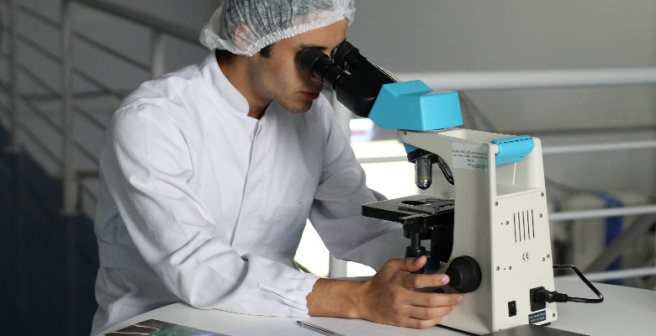World’s largest biomedical imaging study launched by UK Biobank

The UK Biobank, a nonprofit biological data repository, announced its plan to create the biggest database of scanned images of internal organs. The project aims to use magnetic resonance imaging (MRI) and other standard techniques on the heart, brain, fat, bones, and arteries to understand the onset and causes of diseases such as cancer, dementia, arthritis and osteoporosis, and coronary heart disease.
UK Biobank was established in 2006 by the Wellcome Trust medical charity and Medical Research Council with the aim of “improving the prevention, diagnosis and treatment of a wide range of serious and life-threatening illnesses.” It has been gathering data in the form of blood and DNA samples apart from other data related to lifestyle and physical activity levels. As of now, it has succeeded in collecting data from 150,000 people. With the newly launched £43 million pilot project, UK Biobank plans to scan 350,000 volunteers, which includes both healthy volunteers along with those who suffer from health problems. This information would provide researchers new insights and perspectives about risk factors that trigger the onset of diseases and how these factors can be managed to avoid disease progression.
Expressing his view of the project, Professor Paul Matthews of Imperial College London said that the data can “help us find new kinds of treatments, things that have been lying around all the time that we didn’t really recognise, like the way aspirin was found to help prevent cancer. It’s an exciting time.” The project’s data repository will be made available to all researchers across the world.
References:
U.K. begins world’s largest biomedical imaging study
UK Biobank launches world’s biggest body scanning project
World’s largest medical imaging study will scan 100,000 Britons








